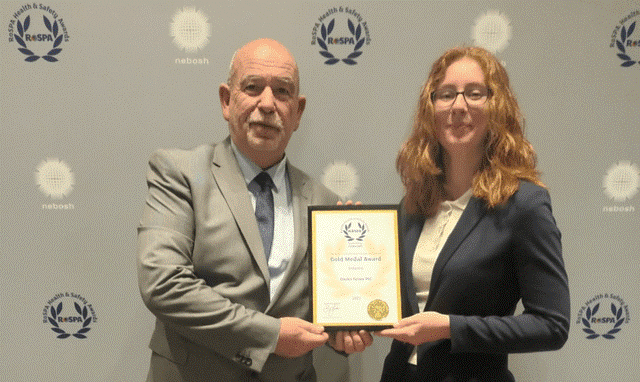Food waste is a worldwide issue. Not only is food getting wasted due to problems that have solutions, but 829 million people worldwide are left to go hungry. This number doesn’t only cover less developed parts of the world, as people in developed and some of the wealthiest countries in the world are skipping meals, or eating only one meal a day, due to the cost-pf-living crisis that is currently hitting many countries. According to a YouGov survey for the Food Foundation, 6.8 million adults in the UK have had to cut back on their portion sizes, or skip meals altogether, because they are unable to afford food. With so many unable to even afford food, the concept of food being wasted due to inefficiency within business that are providing and distributing food is horrifying.
Food waste starts at the supply chain. It’s true, households globally waste tonnes of food, but so does the supply chain before the food even reaches a consumers hands. According to IGD, it is estimated that 4.2 million tonnes of food is lost or wasted across the UK food supply chain alone, with 1.5 million tonnes wasted in the manufacturing process. 40% of the food waste in the USA is caused in the supply chain. This is a widespread problem across supply chains, and with poverty and world hunger growing, it is imperative that something is done about this. According to Project Drawdown, reducing food waste is of such high importance that it is the most effective action item to combat climate change. The food that is wasted takes such a toll on the environment, using water, land and labour to be produced, to just be thrown in landfill causes big problems for the planet.
Before the cold chain was fully established, people could only eat produce and goods that were from the country, or even area, they lived in. In the modern day, with high-tech cold chain technology, we have the privilege of having access to the widest array of fruit and vegetables that anyone, at any time in history, has had. We can walk into a supermarket and find mushrooms from Poland, pineapples from Costa Rica and cucumbers from the Netherlands, year-round, without even thinking about where this produce has originated from. This is all thanks to cold chain shipping, and without it, we would be completely lost. While the supply chain is already efficient, there needs to be further growth in efficiency in order to reduce as much waste as possible. This can be done by developing and implementing more reliable technology within the supply chain.
The global cold chain logistics market is already a large industry, estimated to be valued at USD$159 billion in 2018, and is expected to reach USD$585 billion by 2026. With such a high rise of value predicted for the market, efficiency will be expected to improve further, especially as demand for the service will continue to grow. The cold chain has always been a competitive market, made even more challenging by high-capital investment, strict temperature standards and high energy dependence. The cold chain faces issues like government regulations, maintaining quality standards and a continuous increase in the amount of goods that need to be transported through the cold chain. It has become urgent for businesses to look for solutions that can hep streamline their cold chain logistics processes and maintain their profits. The use of IoT technology for cold chain logistics operations can help businesses have full control.
The cold chain
The widespread rollout of the cold chain has enabled perishable goods to be transported across the world and brought diversity to the food available. With refrigeration on modes of transport and refrigerated shipping containers, perishable goods that would have otherwise rotted on the way to their destination maintain a long shelf life throughout the transportation process, as well as when they reach their destination…
Read the rest of the exclusive article in the latest edition here
Never miss a story… Follow us on:
![]() International Trade Magazine
International Trade Magazine
![]() @itm_magazine
@itm_magazine
![]() @intrademagazine
@intrademagazine
Media Contact
Anna Wood
Editor, International Trade Magazine
Tel: +44 (0) 1622 823 922
Email: editor@intrademagazine.com





